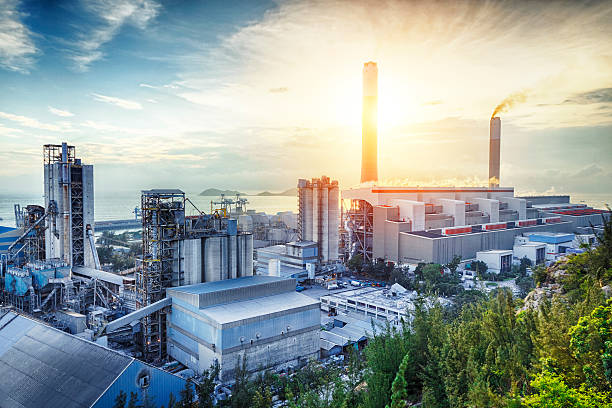Industrial Asset Valuation
Definition:
Industrial asset valuation refers to the process of determining the monetary worth of physical assets utilized in industrial operations, such as machinery, equipment, buildings, and production facilities. This valuation helps businesses assess their financial health, inform investment decisions, and comply with regulatory requirements.
Classification of Industrial Assets
- Tangible Assets:
- Machinery and Equipment: Includes production equipment, tools, and machinery used in manufacturing processes.
- Buildings and Facilities: Includes factories, warehouses, and offices.
- Vehicles: Trucks, forklifts, and other vehicles used in operations.
- Land: Real estate owned by the business.
- Intangible Assets (related but often considered separately):
- Patents and Trademarks: Intellectual property that can enhance the value of tangible assets.
- Brand Value: The reputation of the company and its products.
Methods of Valuation
- Cost Approach:
- Replacement Cost: Estimates how much it would cost to replace the asset with a new one of similar functionality.
- Depreciated Replacement Cost: Adjusts the replacement cost for depreciation based on the asset’s age and condition.
- Market Approach:
- Compares the asset to similar assets that have been sold recently. This method is particularly useful for assets with active markets.
- Sales Comparables: Analyzes sales data from comparable assets to estimate market value.
- Income Approach:
- Projects future income generated by the asset and discounts it to present value. This method is most applicable for income-generating assets.
- Capitalization of Earnings: A common method within this approach that capitalizes the net operating income.
Specification of Valuation
- Purpose of Valuation:
- Define the purpose clearly (e.g., financial reporting, sale, merger, insurance).
- The purpose influences the chosen method and level of detail required.
- Scope of Valuation:
- Determine which assets will be included and how they will be assessed.
- Identify relevant market data and economic conditions.
- Data Collection:
- Gather necessary data on asset specifications, condition, age, market comparables, and historical performance.
- Valuation Date:
- Establish the date for which the valuation is applicable, as asset values can fluctuate over time.
- Professional Standards:
- Follow relevant industry standards (e.g., International Valuation Standards, ASTM International guidelines).
- Documentation:
- Maintain thorough documentation of the valuation process, including methodologies, data sources, and assumptions used.
Conclusion
Industrial asset valuation is a critical process that provides valuable insights for businesses in the industrial sector. By understanding the classification of assets, utilizing appropriate valuation methods, and adhering to specifications, organizations can make informed decisions that enhance operational efficiency and financial performance. If you have more specific queries or need further details on any aspect, feel free to ask!
